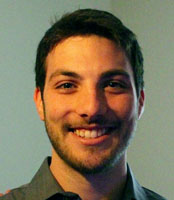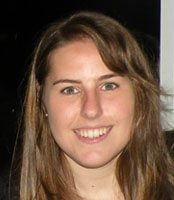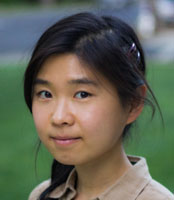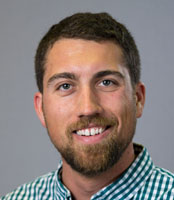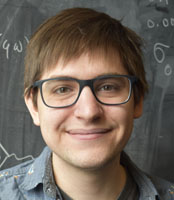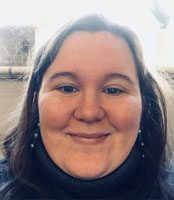New Frontiers Initiative (NFI) and Blue Waters (BW) Graduate Fellowship Programs
| 2018-2019 Blue Waters Graduate FellowsThere were 81 applicants for this year's fellowship competition. Of those, 60 were male, 18 female, and 3 who declined to specify their sex. There were 7 candidates that indicated they were Hispanic, 2 American Indian of Alaska natives, 9 Asian, 1 African American, 1 native Hawaiian or Pacific Islander, 64 white. Below is a summary of the project for the 10 finalists.
|
Skip to Content


